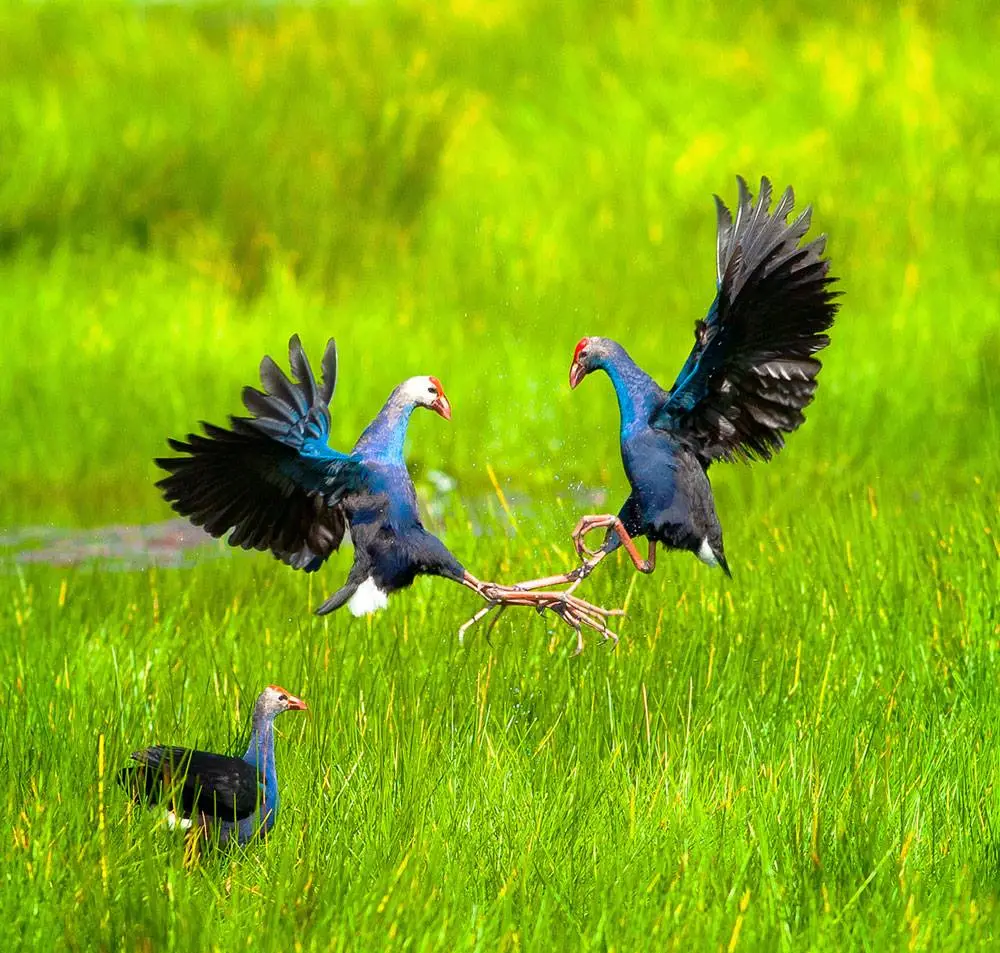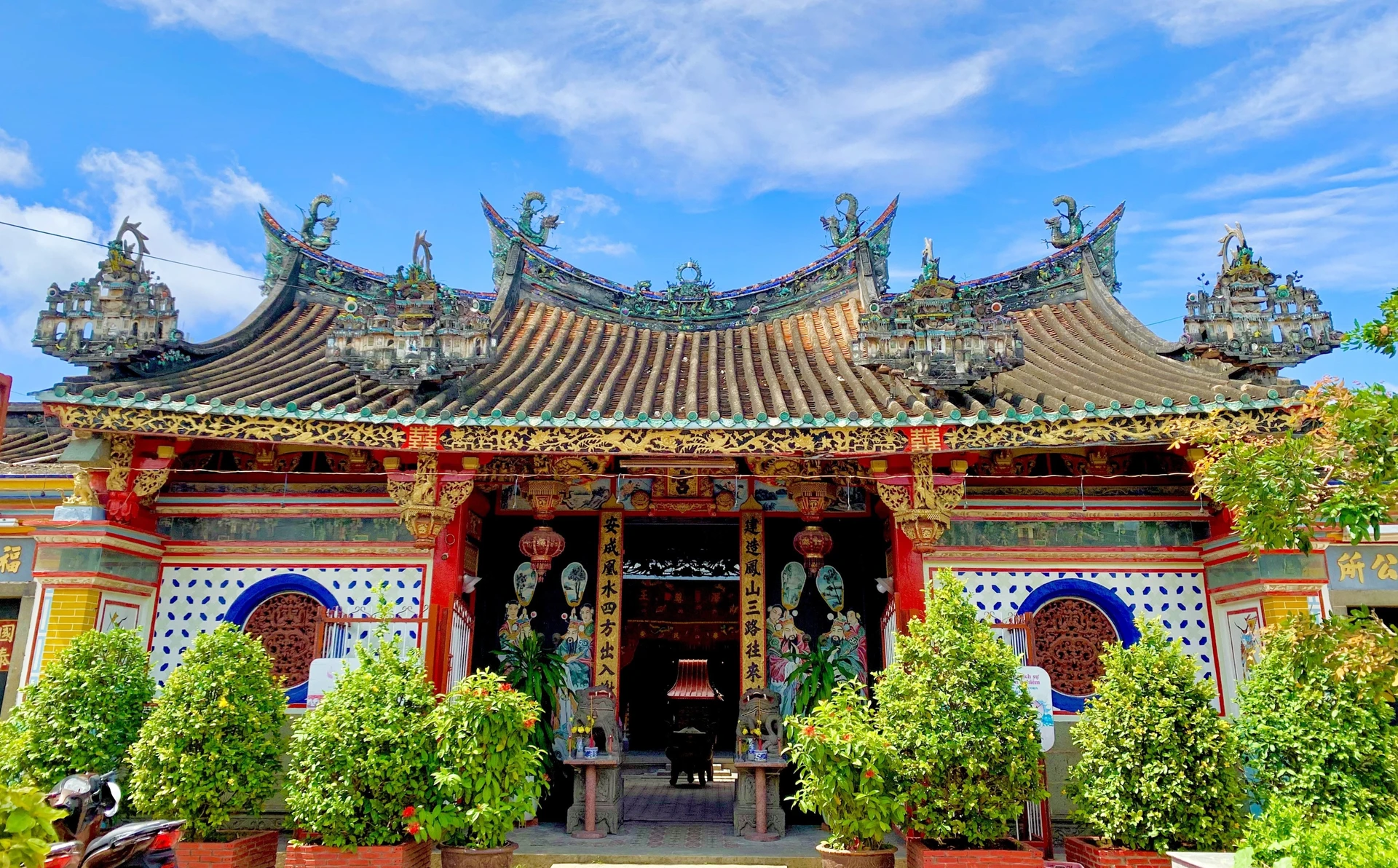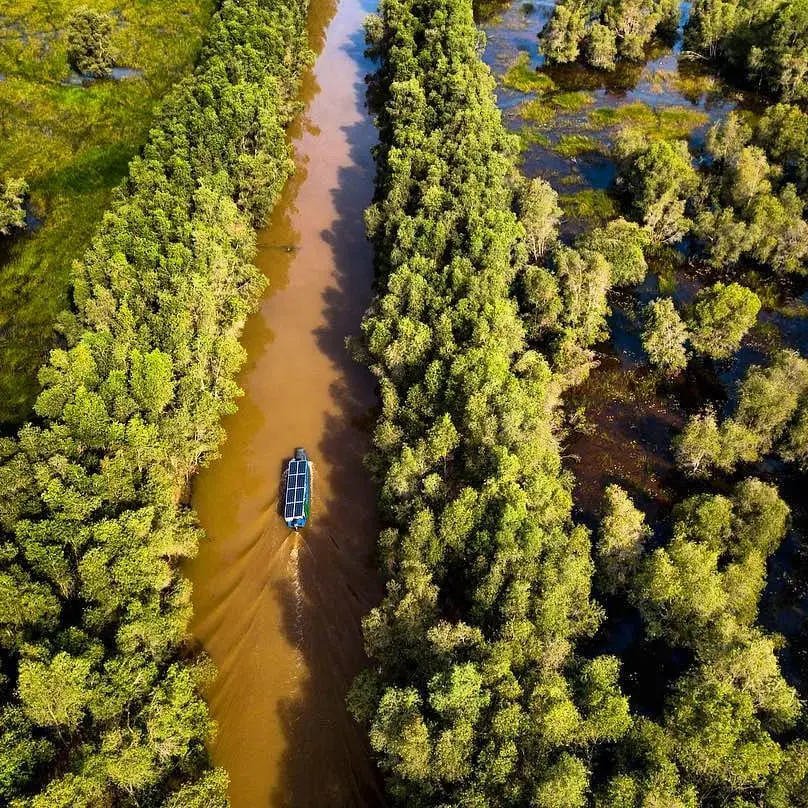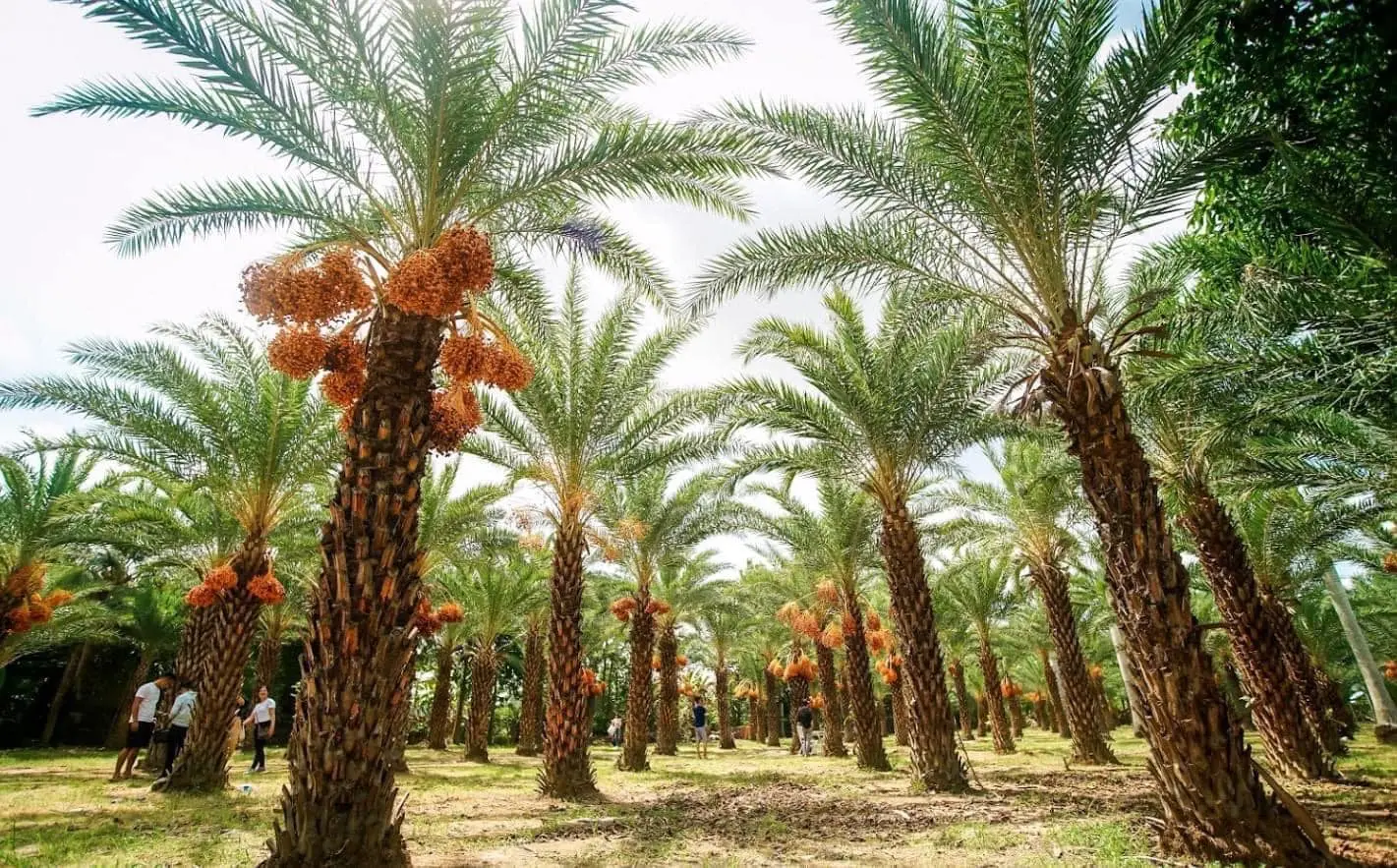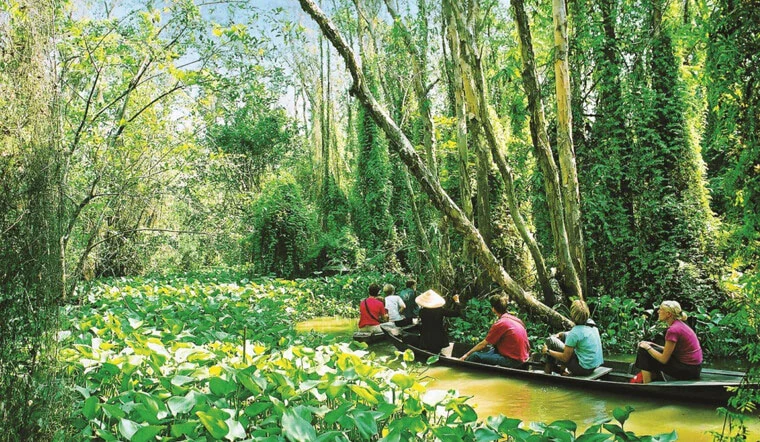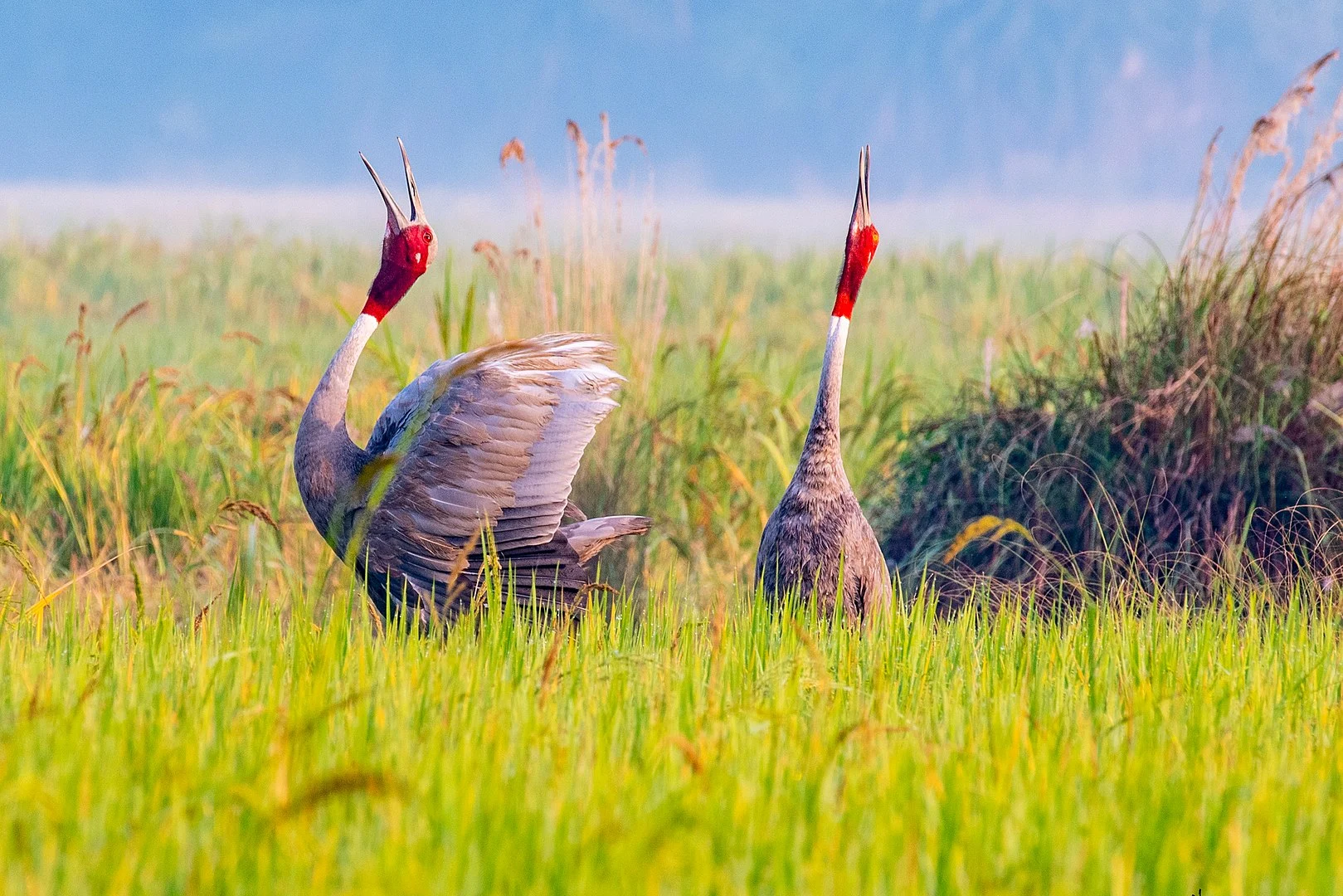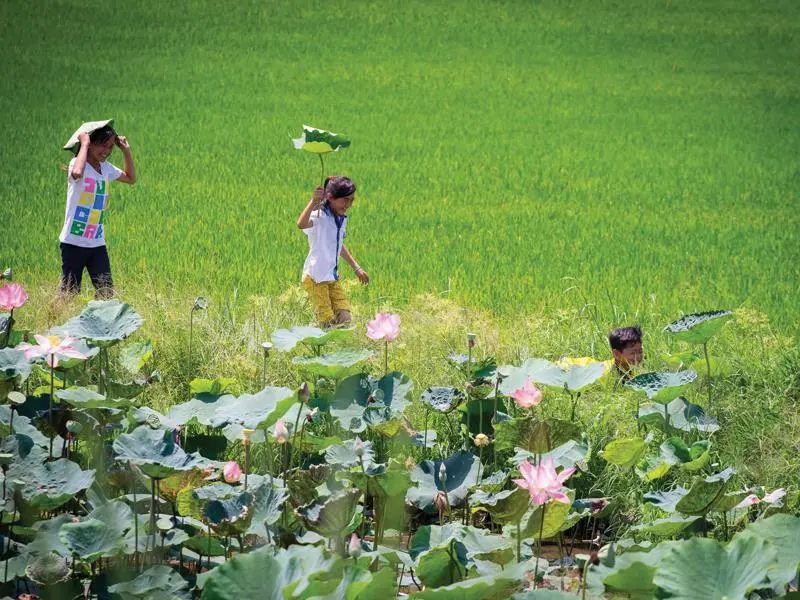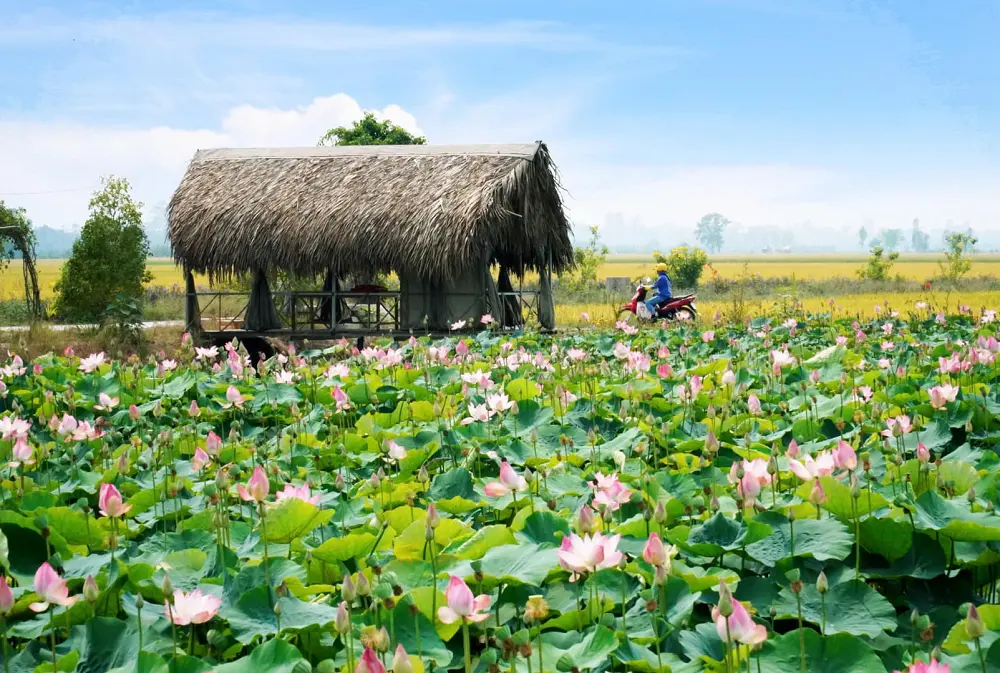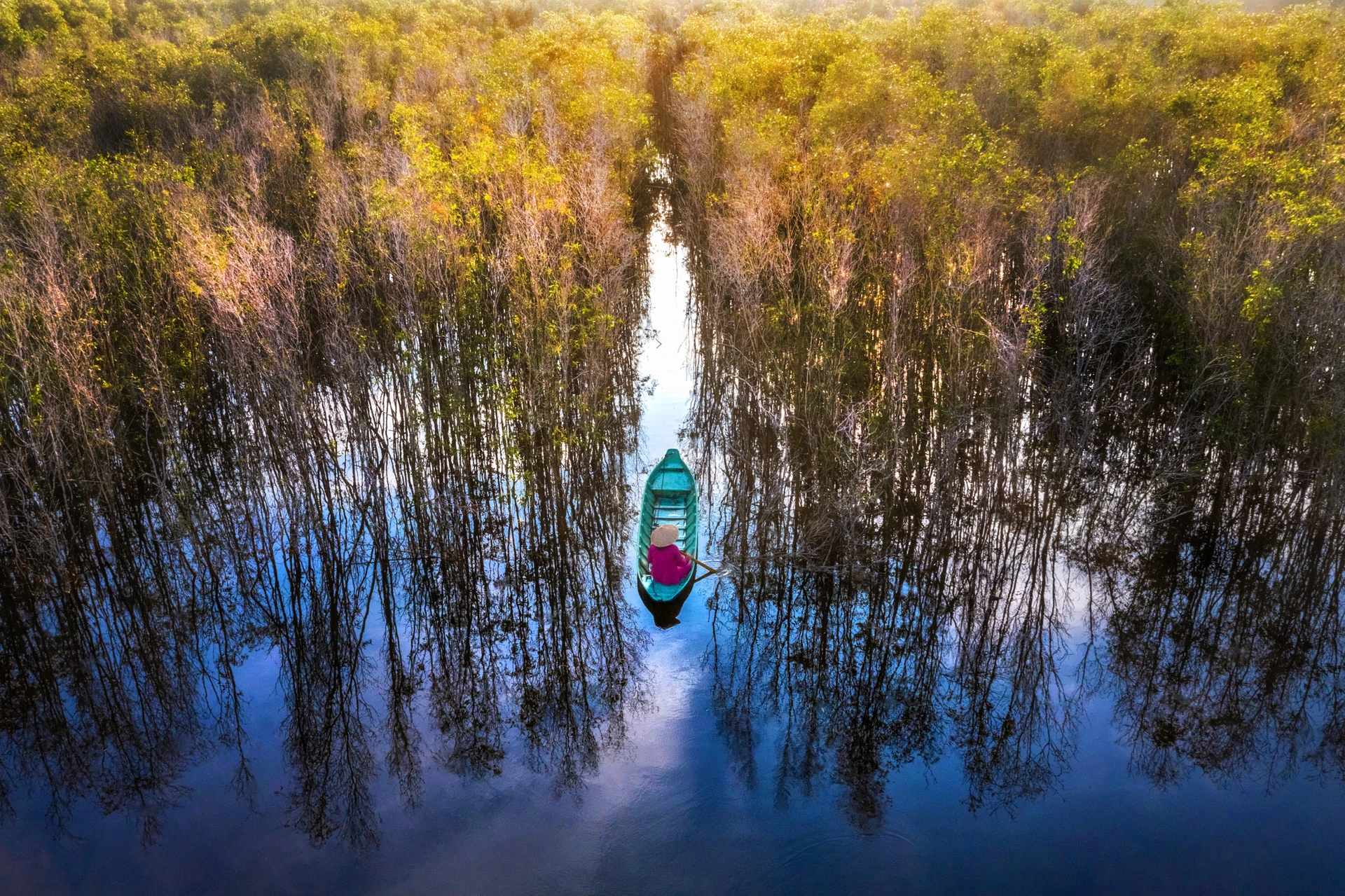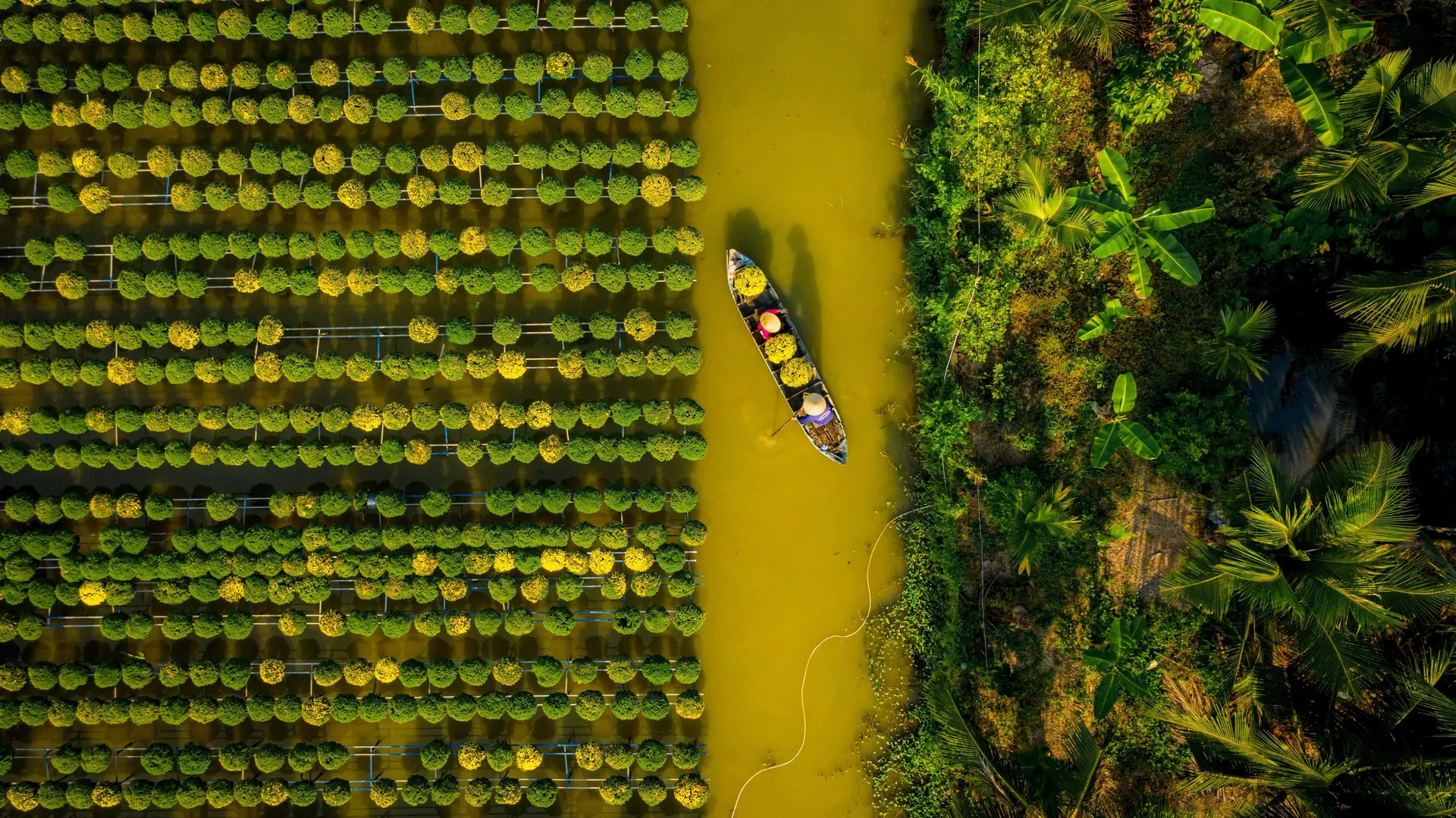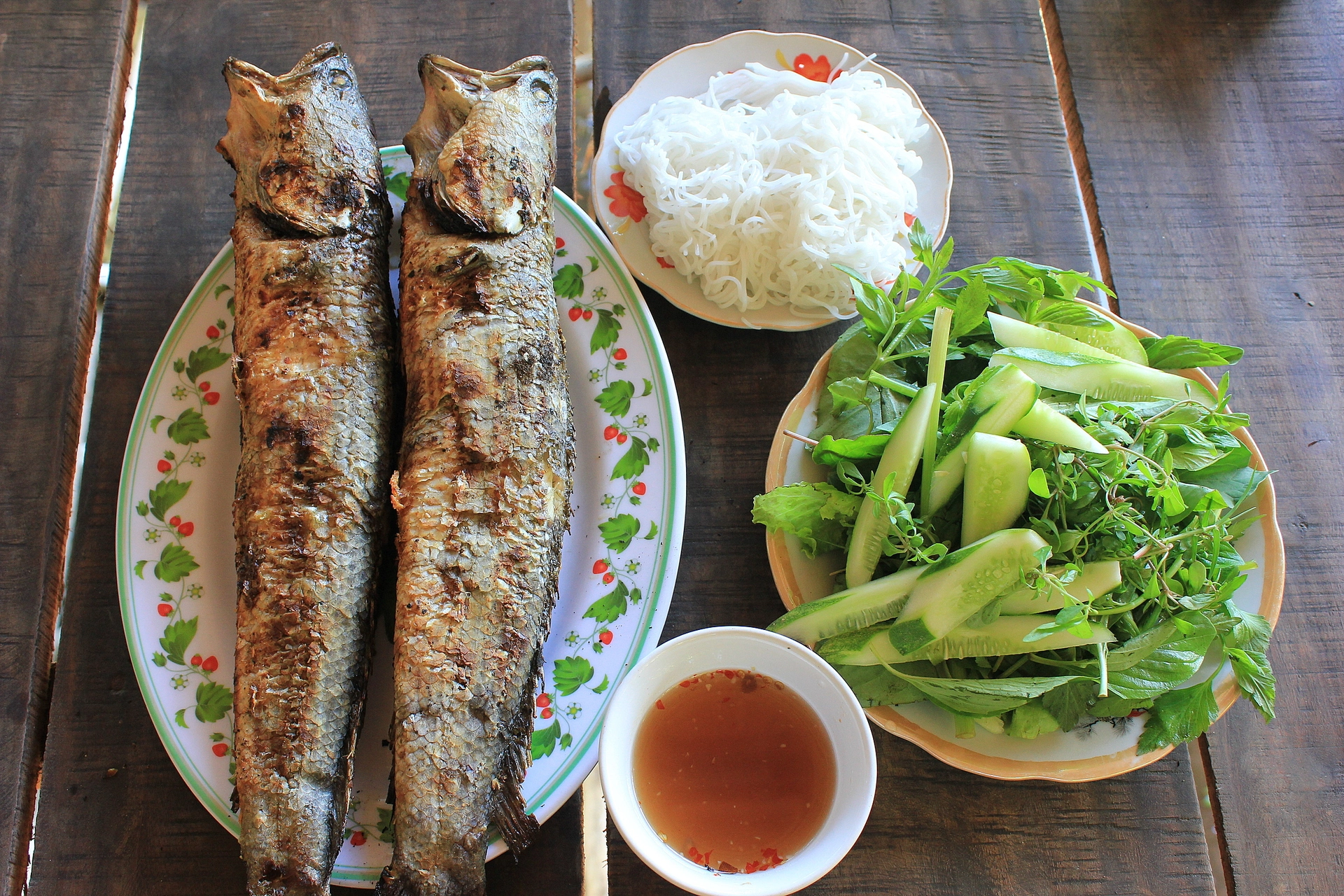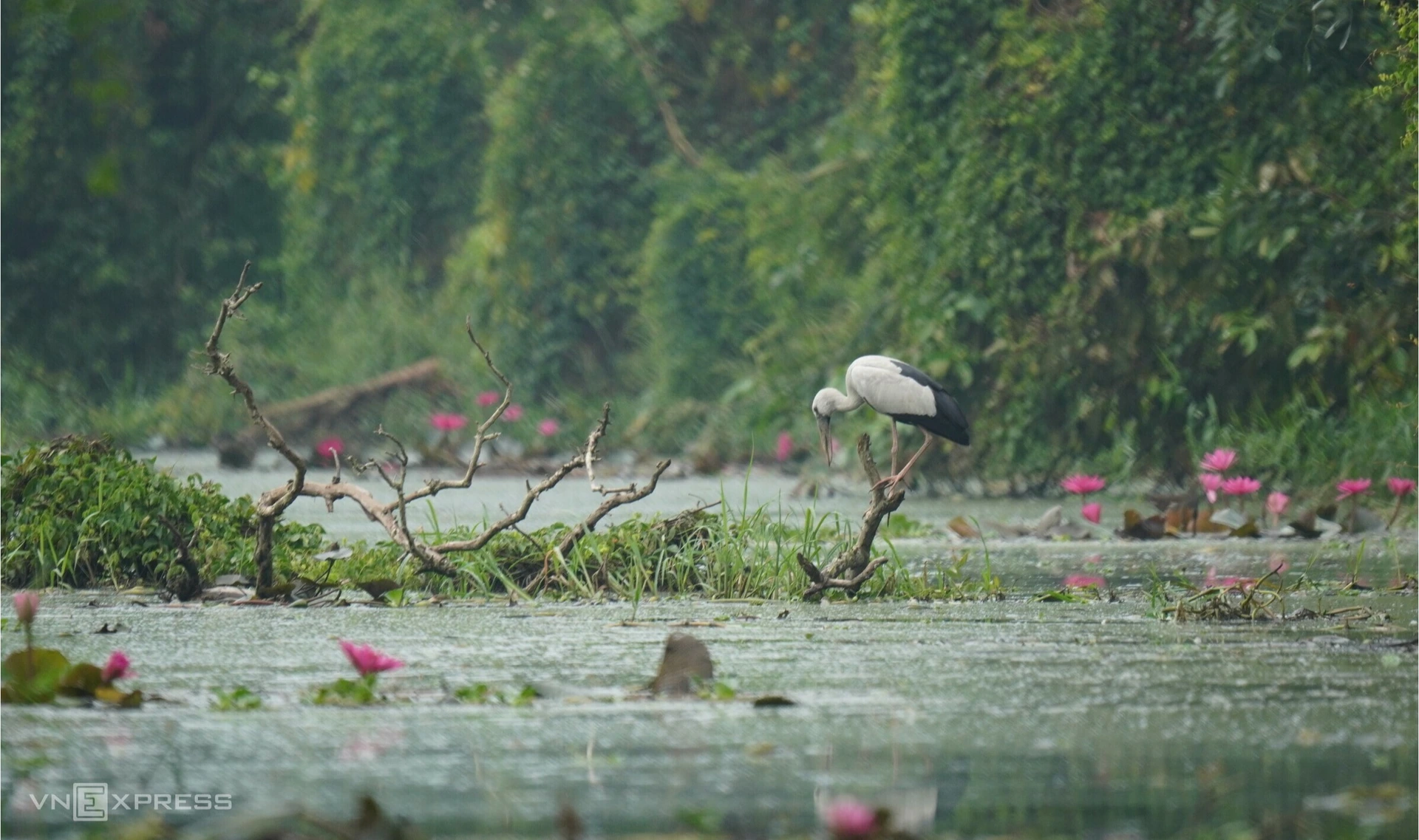About Dong Thap
When it comes to Dong Thap, everyone will think of the land famous for its fragrant lotus ponds that have entered Vietnam's immortal poetry collection. People are impressed with this place because of its sweet Lai Vung tangerines and its resplendent flower-gardens in Sa Dec.
When traveling to Dong Thap, you will have a chance to explore the ancient features that remain in historical sites, old houses, temples, and pagodas. Moreover, you will be able to relax in the peaceful countryside, the vast ecotourism area and admire the beauty of the calm waterways, spectacular paddy fields and enjoy the products of the floating season.
Best Time To Visit Dong Thap
Dong Thap is located in a tropical climate, all year round sunny and pleasant, no cold season or typhoon, so you can come to Dong Thap at any time.
The rainy season from May to November is when the water brings about a rich array of goods and lotus in full bloom. The dry season from December to April next year is the occasion when Dong Thap gets decorated with spring flowers. It's also the season when Lai Vung tangerines are getting ready to be harvested.
Pleasant sunshine
Apricot blossoms show off radiant beauty
Birds chirping and building nests
Here come Tet and Spring!
Sunny
Fruit trees in full bloom
Lai Vung tangerines taste sweet
It rains a lot
The flood season comes on the river
Fish and prawns swimming in the fields
Water floods the fields
Lotus in the lake show its pink
Countless delicacies
Birds chirping and building nests
Best time to explore the Southwest
Transport
